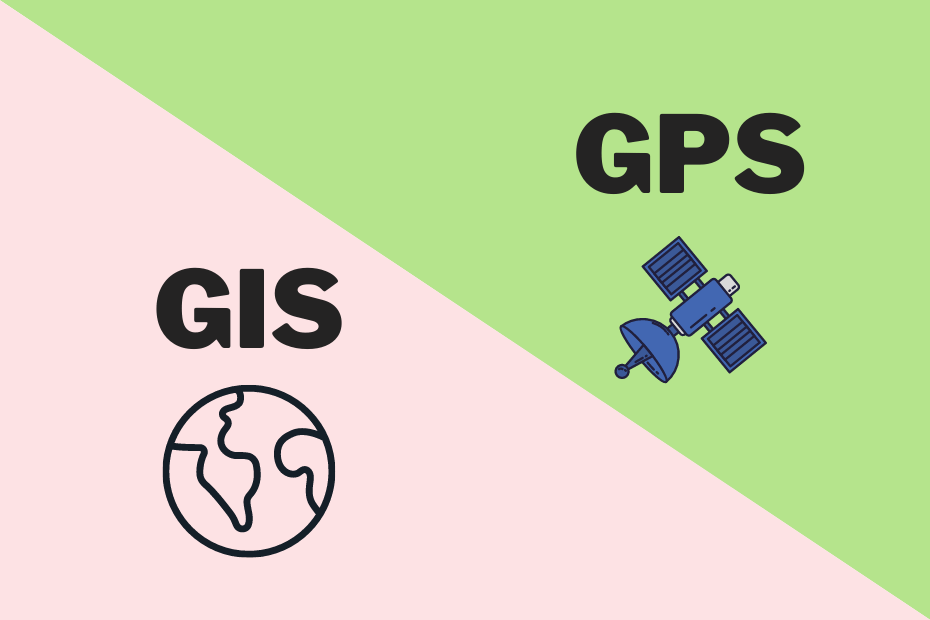The difference between GIS and GPS technologies lies in how they gather data. These two technologies are often used interchangeably. While they are similar, they have their own purposes.
GIS is used for mapping and geospatial analysis of data while GPS is used for navigation. They are both widely available today with some even being produced by small businesses.
Before moving further, let’s take a look at What is GIS and GPS technology?
What Is GIS and Key Uses of GIS
GIS stands for Geographic Information System. It takes data about the Earth’s surface and processes it into information that can be used to understand, analyze, and share data.
The key uses of GIS are to use them for managing land information, exploiting natural resources, forecasting weather patterns, improving decision-making capabilities in government or private organizations, and enhancing research capabilities.
GIS is an important tool for both professionals working in the field of geology and civil engineering as well as for those who are looking to learn more about various facets of the Earth’s surface.
For example, GIS is also used by scientists who study volcanoes or earthquakes.
What Is GPS and Key Uses of GPS
GPS is a satellite-based navigation system that enables users to determine their location by receiving signals from satellites in space.
GPS technology has been around for more than 20 years now. It was first adopted by the US military for navigation purposes. However, its uses have expanded over time to include many other purposes such as in the aviation, shipping, and automobile industries. It can also be used in disaster relief for locating people and places.
A GPS device is commonly used when you’re lost or want to find your way back home or even building location-based apps.
How Does GPS Work?
GPS systems work by locating nearby satellites that send signals to your device. They then use the position of these satellites to calculate your location on Earth, which you can see when looking at a map on your phone. This is helpful when you are in an unfamiliar area or when you are trying to find someone’s address.
GPS vs GIS (Difference Between GIS and GPS)
These are small yet significant differences to consider. When you are using a GPS, you are locating yourself by coordinates, but when you are using a GIS, you are locating yourself by coordinate data that is made up of two-dimensional images.
- GPS stands for Global Positioning System while GIS is a more general system that uses maps and coordinates to study the world.
- GIS is a system involving analysis and mapping of geographic data and GPS is a navigation system that provides location and guidance.
- GIS uses maps and coordinates to study the world. GPS is used to determine location, time, speed, elevation, etc.
- GPS is measuring equipment and GIS is a science that uses GPS data for analysis.
- GPS relies on satellite signals to pinpoint your location, However, with GIS, you collect data from different sources such as GPS, aerial photos.
- GPS works by transmitting radio signals from satellites, GIS does not transmit signals from satellites; rather it relies on data collected by humans through sensors or cameras to collect spatial data about an area.
- GIS is primarily used for spatial analysis, mapping, transportation modelling, etc. while GPS is primarily used for navigational purposes.
Conclusion
In conclusion, The GPS receiver is the most popular form of navigation device due to its consistent and easy-to-understand accuracy. The difference between these two terms is that GIS deals with geographical information while GPS deals with navigation data.
